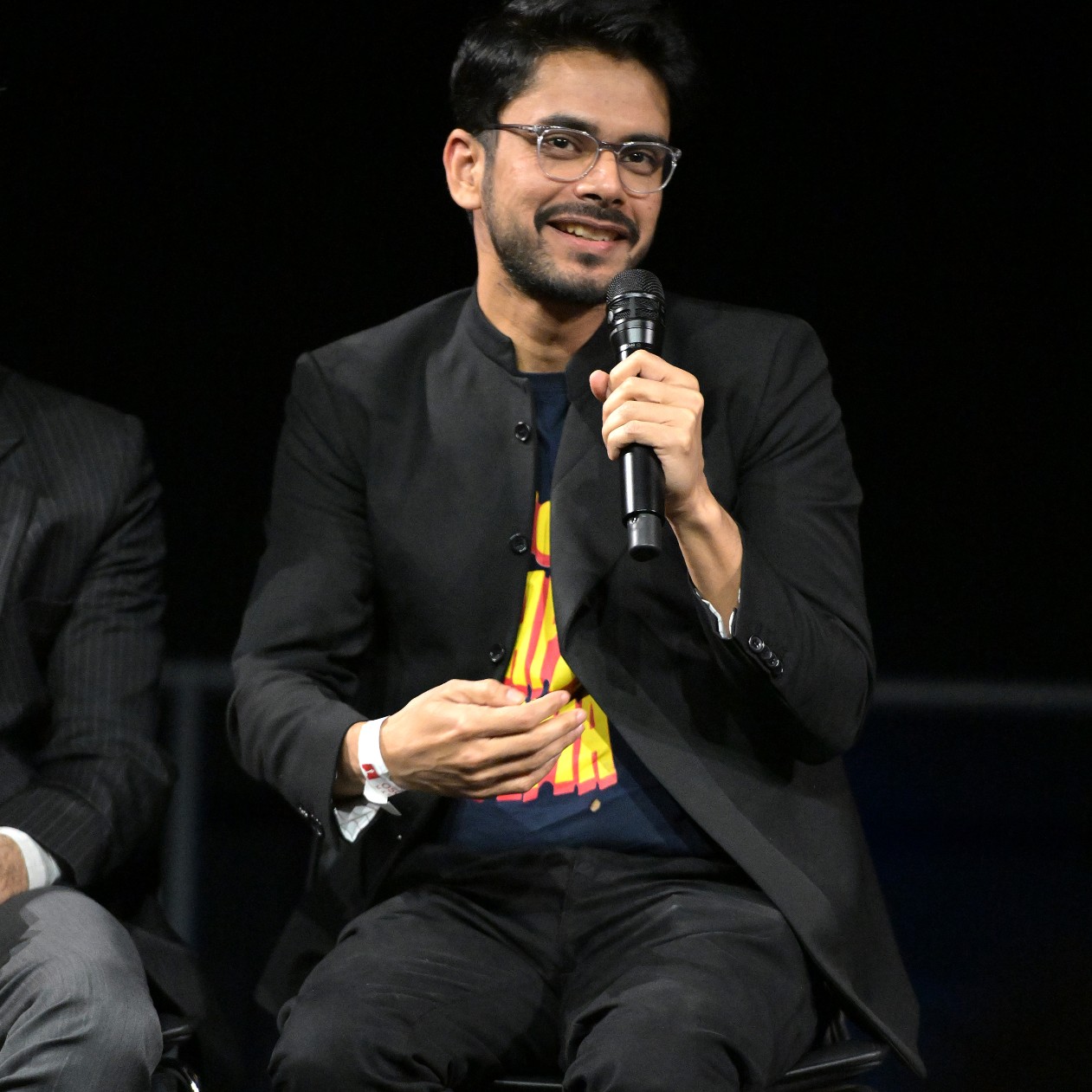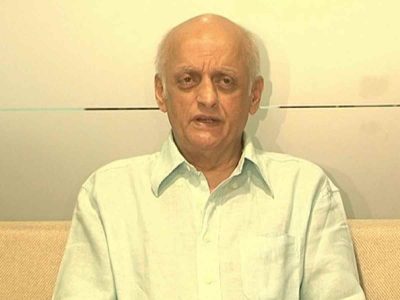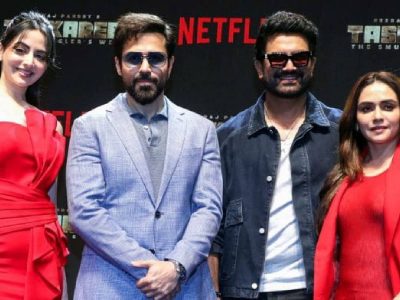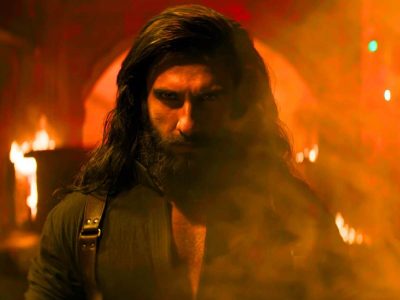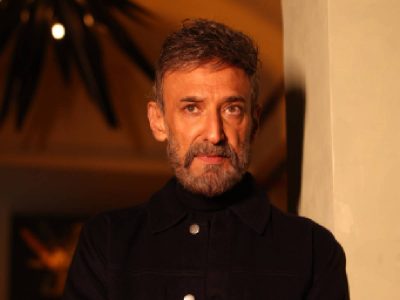Shaunak Sen’s documentary All That Breathes takes its name from something the protagonists’ mother used to say “Jo jo cheezein saans leti hain, unmein koi farq nahin dikhna chahiye” (One shouldn’t discriminate between all that breathes).
In the documentary, brothers Nadeem Shehzad and Mohammad Saud, who have devoted their lives to rescuing injured kites and other raptors in Delhi, say that their love for animals came through their mother’s fables about ghosts and holy spirits. It explores the lives of the two brothers, aided by the assistant Salik Rehman, a mischievous presence in an otherwise contemplative story.
In its 93-minute screen time, the documentary explores the dualities of life and the complex connections we share with non-human beings and with each other.
The documentary premiered at Sundance Film Festival in January 2022, where it won the World Cinema Grand Jury Prize: Documentary Competition. It went on to win other awards at various film festivals and also received a nomination for Best Documentary Feature Film at the 95th Academy Awards.
Recently, it was screened at Habitat Film Festival – Pan India at India Habitat Centre where Sen interacted with the audience after the screening.
Patriot interviewed Sen to know more about the documentary and its journey.
Q: What fascinated you about the story of the two brothers?
A: It began prior to my meeting with the two brothers. It began with an interest in Delhi’s air and the kind of a grey sensorium that all of us are used to in Delhi’s winters. I had this interest in abstract relationship between air, birds, and humans. I was also interested in human-animal entanglement. These were the chief philosophical concerns.
I was then looking for people who had a deeper profound relationship with birds and the sky. This is how I first met the brothers. And once you have seen their work, there are so many layers to it that it becomes a sort of a freefall.
Q: You said in an interview that All That Breathes is a fine line between observational verité and a certain intentionality in its aesthetic form. When did you decide that it has to be the cinematic grammar of the documentary?
A: For six months, I was shooting only in a verité style, you know, like a classic ‘fly on the wall’ sort of style. Then I realised that this hand-held thing feels too anxious. And the brothers are so contemplative and meditative that that kind of an anxious form was not a good idea for this story. So, I had to set it to a tripod at first and find the more fluid form. I had to junk the first six to eight months of footage and then move to a new kind of grammar. Which, over time, became more and more aestheticised. I essentially wanted to use the tools of fiction to tell a non-fiction story.
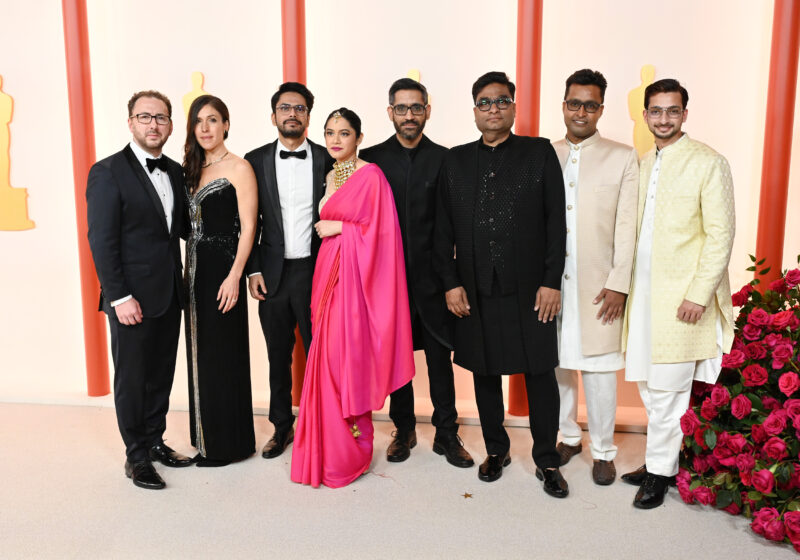
Q: The documentary also immerses you in this subterranean world of non-human lives: rats, insects, turtles… What were the reasons to show this?
A: I did not want the film to be limited to the story of a bird hospital. And most of all, I did not want it to be a sweet film about ‘nice people doing good things’. I wanted it to zoom out and take on a more philosophical presence. It could only happen if we were made to consider broader things about life on the canvas of the city. In a way, the documentary was meant to be about the kinship or the neighbourliness of the non-human lives. And these questions of urban ecology only emerge once you have spoken in that broader register.
Q: The CAA-NRC protest in the background affects the lives of brothers in a very subtle way. I am just curious to know if the documentary would have been any different if the brothers were politically active?
A: I can’t say how the documentary could have been different. To speak about the political stuff, there is so much happening in the city that one has to make a decision about how much one allows the turbulence in the street to enter [into brothers’ lives]. But the brothers themselves are not very politically active. So, nobody wants to force-feed the political elements in it. But still, it would resonate through audio, sound, and all of that.
I wanted to preserve that kind of a space or the integrity of what I had witnessed there. This oblique, tangential presence, yet not easily avoidable. So, it’s subtle, but it’s there.
Q: Much of the documentary is shot in a tiny basement. What were the limitations, or opportunities, that arose due to such confined space during shooting?
A: Boundaries are good for creativity. When you put limits, it allows you to play things which have a real tone and texture. And it’s very cinematic.
For instance, you don’t get a sense of the circadian rhythms of the day [in a basement], so you can’t really figure out when it is day or night because it’s all tubelight. The walls have this derelict, damp texture which reminds me of the world of [Andrei] Tarkovsky and Bela Tarr. That’s very enticing to me, both cinematically and visually.
Q: You mentioned Andrei Tarkovsky and Bela Tarr. Both these directors have philosophical undertones in their films and then there is this mundane everydayness. This is something that we see in your documentary as well…
A: What do you think is philosophical in Tarkovsky’s films?
Q: It’s very difficult to put it into words.
A: Exactly. Of course, there is a spiritual underglow in Tarkovsky’s films. It has a deeply sensuous relationship with the material of the world and an interest in the existential struggles of human beings. In that kind of a slow, observational interest or aesthetic, there is a pleasure in watching and in slow contemplation of things. It is this kind of affinity with those films, I think.
Q: What do you think is one quality a creative documentary film-maker should have?
A: You can’t have a prescriptive answer to this. What really matters in a broader way is that there is a tone and grammar to the film that you commit to and it is intuitively connected to the content. Form has to have an intuitive connection to the content. That’s the most important thing.
A lot of documentaries become overly didactic or moralistic or pedantic. It’s almost like they think of them as not being cinema, which is not a good thing. So, I think finding a grammar is important. Films are not meant to be pamphlets; you know, you have to take me in, immerse me, and tell a story.

